Rising Stars
Launched in 2022, the Rising Stars in Computer Graphics program is designed to bring new perspectives to computer graphics research.
This is a two-year program tailored for researchers who expect to be on the job market in two years' time. We target this period because most students have reached sufficient research maturity, but it is common to still be weighing options and making decisions about future career directions.
The detailed schedule for each year can be found on the annual Rising Stars event listing. In general the Rising Stars program consists of three components:
- workshops co-located with two consecutive SIGGRAPH North America conferences,
- mentoring relationships with senior researchers, and
- community building and peer-mentoring activities with the other Rising Stars.
Workshops
The workshops are designed as a two-part series which take place over two consecutive SIGGRAPH North America conferences.
The Year 1 Workshop will help participants explore different career trajectories within graphics research, with a specific focus on the commonly posed dilemma of "academia versus industry."
After the Rising Stars have spent a year honing in on their preferred trajectory, the Year 2 Workshop will provide advice for successfully navigating the research job market.
Funding permitting, WiGRAPH provides travel support for all Rising Stars participants. Our goal is to offer this support for both years of the program.
Mentoring
Each Rising Star will be paired with a senior researcher in Computer Graphics who can give insight into their journey.
Community Building
Our program will feature several opportunities for networking, community building, and peer-mentoring.
FAQ
When will the Rising Stars events be held?
Workshops will be held on the first day of the SIGGRAPH North America conference (Sunday) and will finish before the technical papers fast-forward. Additional mentoring and peer-mentoring events will be scheduled during lunch and dinner breaks throughout the week. No part of the program should overlap with the technical papers program.
What travel support will be provided?
WiGRAPH will provide travel support for accepted participants who do not have sufficient funding available through their institutions. Our goal is to enable all participants to attend the conference. To qualify for this funding, you will be expected to participate in the full workshop and the mentoring program. We hope to provide similar support for each cohort during the second year of the program (also co-located with SIGGRAPH), but this will be subject to available funds.
What will happen to the Rising Stars program if SIGGRAPH moves to a virtual format?
The WiGRAPH team is always carefully examining our options in case of a virtual/hybrid format, and we will announce a modified plan if it becomes necessary to do so.
Will there be a Rising Stars next year?
No guarantees, but we certainly hope this event will be successful and we will be able to continue to run it for many years to come!
The Rising Stars Program is open to computer graphics PhD students and postdocs of underrepresented genders, including cisgender women, trans people of any gender, non-binary people, and all people with historically marginalized or underrepresented genders. Applicants should be within two years of going on the job market – i.e, they are expecting to obtain their PhD or complete their postdoc in two years' time.
FAQ
I'm not sure I want a career in computer graphics research, should I still apply?
The larger goal of the Rising Stars program is to provide resources for students who are passionate about computer graphics research and will add to the research community, even if they are unsure if a career in research is for them. Many of the speakers and mentors were in similar shoes when they were at your point in the program and want to share the perspectives that led them to choose this path. It is very normal to be uncertain or daunted by the idea of a research career, and we encourage you to still apply if you fall into this category!
If I submit an application to Rising Stars, can I still apply to the ACM SIGGRAPH Doctoral Consortium?
Yes! We anticipate that many students who will be applying to our program this year will apply to the Doctoral Consortium the following year. It is also possible to apply for both programs at the same time, if that fits your situation better. The schedules and content are coordinated so that they will NOT overlap.
What does it mean to be 'within two years of going on the job market'?
It means the applicant intends to be interviewing for jobs in winter/spring two years from the time of their application. If you think it will take you N more years to graduate or complete your PhD/postdoc, you should apply during year N-2.
There's a chance that I will be on the job market in two years, but I'm not sure. Should I apply for the program this year, or wait?
It's tough to make predictions, especially about the future, so we trust applicants to make an honest effort to apply at the appropriate time. We stress that you are not eligible to participate more than once and that you will make the most of the program if you participate at the suggested time.
If I apply this year and I am not selected, can I apply again next year?
Since participants should apply two years before they go on the market, the only circumstance when someone will be applying for the second time would be if (a) they have not been selected and (b) they have decided to stay one more year in their PhD/postdoc program. Therefore, second-time applicants will require a letter from their supervisor certifying this change in program end date.
If, after I apply, I change my mind about my expected graduation date, can I wait one more year to participate in the program?
No, because we have a limited number of slots and therefore if you are selected this year and don't attend you will be taking away a spot from someone else, which goes against our mission of trying to broaden participation.
I don't plan to do a postdoc; what's the best time to apply?
If you think it will take you N years to graduate, you should apply during year N-2.
I plan to graduate this year and start a 2-year postdoc, so I should be on the market in two years. However, I still don't have my postdoc lined up. Can I apply?
You don't need to have your postdoc lined up to apply. If you think you will finish your postdoc in two years, then you should apply now.
I expect to be on the job market in one year. Can I be considered for this program?
Unfortunately, no. If you are planning to go on the job market in one year, this program is not well suited for you. We would encourage you to apply to other programs such as the EECS Rising Stars Programs and the ACM SIGGRAPH Doctoral Consortium. Please also refer to the WiGRAPH Resources and Programs pages for other opportunities.
The application process varies slightly from year to year, so we encourage you to check the details found on the annual Rising Stars event listing. For planning purposes, the rough annual timeline is as follows:
- January: Annual "Call for Applications" event page goes live, featuring the current year's specific program timeline
- February: Application opens
- April: Application closes
- May: Decision Notifications
- June/July: Annual "Workshop" event page goes live, with details about the schedule etc. added as they are confirmed
- July/August: Rising Stars workshops & events, co-located with the SIGGRAPH North America conference
Application Materials
The application consists of the following components:- One Letter of recommendation.
- CV
- Application form, which includes general information, a 500-word research statement, and a 500-word personal statement (see FAQ below for guidelines on writing each statement)
FAQ
What are you looking for in a research statement?
We are looking for evidence of research maturity and contributions to the field of computer graphics.
What are you looking for in a personal statement?
We are looking for people who will make a positive impact in the computer graphics research community. Applicants are welcome to write about whatever topics best describes their potential to contribute to the community, but here are some suggestions:
- What is unique about your background?
- Why are you passionate about computer graphics research?
- Which experiences led you to develop your skill set and passions?
- Where have you demonstrated leadership and collaboration?
- How will/have you contributed to the computer graphics research community?
How should I fill out the EasyChair application form?
To apply for Rising Stars, our EasyChair submission form will require the following material:
- A 500-word research statement (see FAQ for details)
- A 500-word personal statement (see FAQ for details)
- Your CV with links to website and publications (if available)
- The name and email of your recommendation letter writer (the letter itself must be submitted by your recommender; please consult the EasyChair and/or the current year's application call for further instructions.)
- For the default Title field (which cannot be removed): please fill in your name.
- For the default Keywords field (which cannot be removed, at least three words required): please enter RSCG and your first and last names.
Will I be able to update my application until the deadline?
Yes! Even after submission, EasyChair will allow you to update your application materials until the deadline. Feel free to submit as early and often as you'd like, to make sure that your application isn't thwarted by any technical glitches as the deadline approaches.
2024 Rising Stars
If you'd like to get to know these amazing young researchers, feel free to checkout their introductory spotlight!
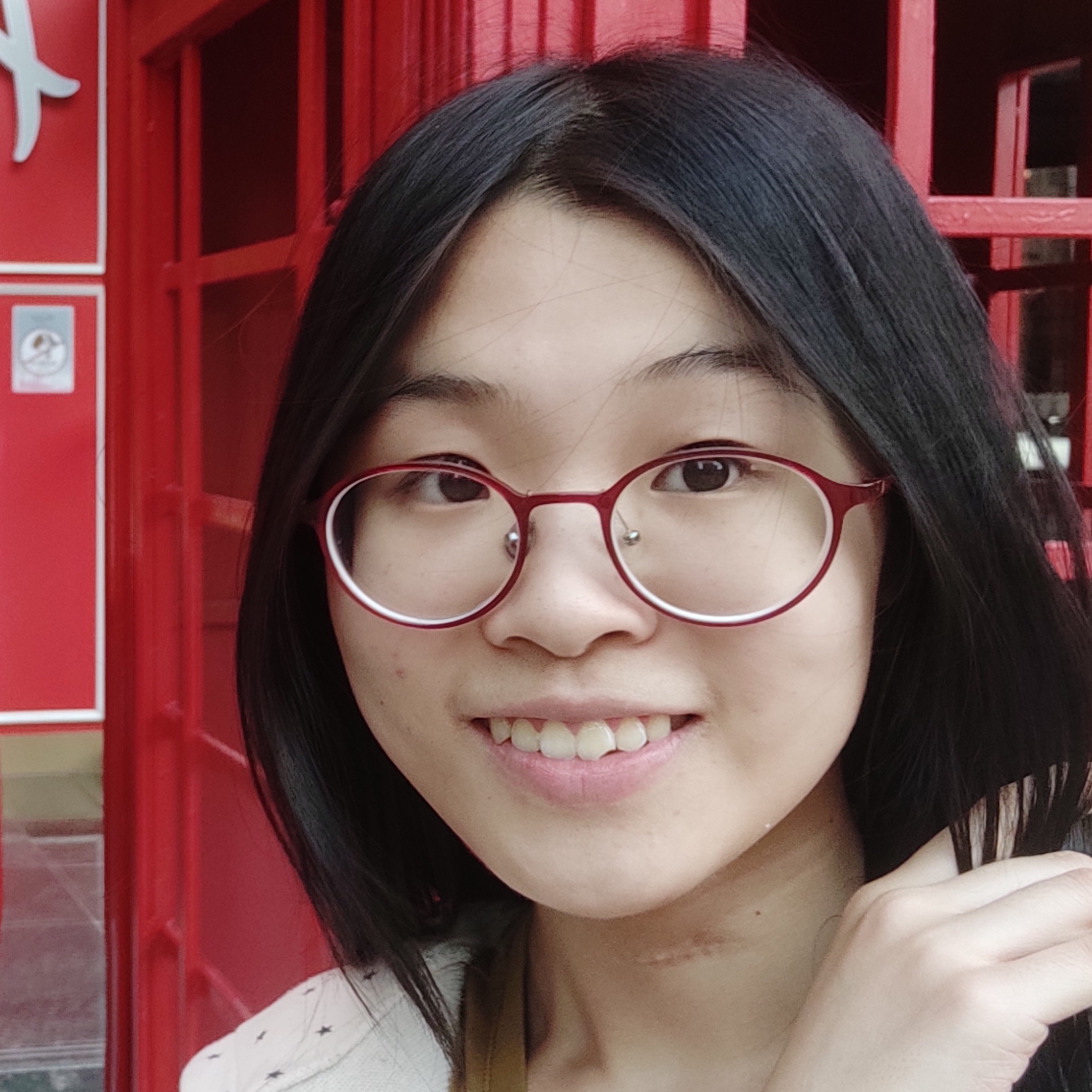
Honglin Chen
Columbia University
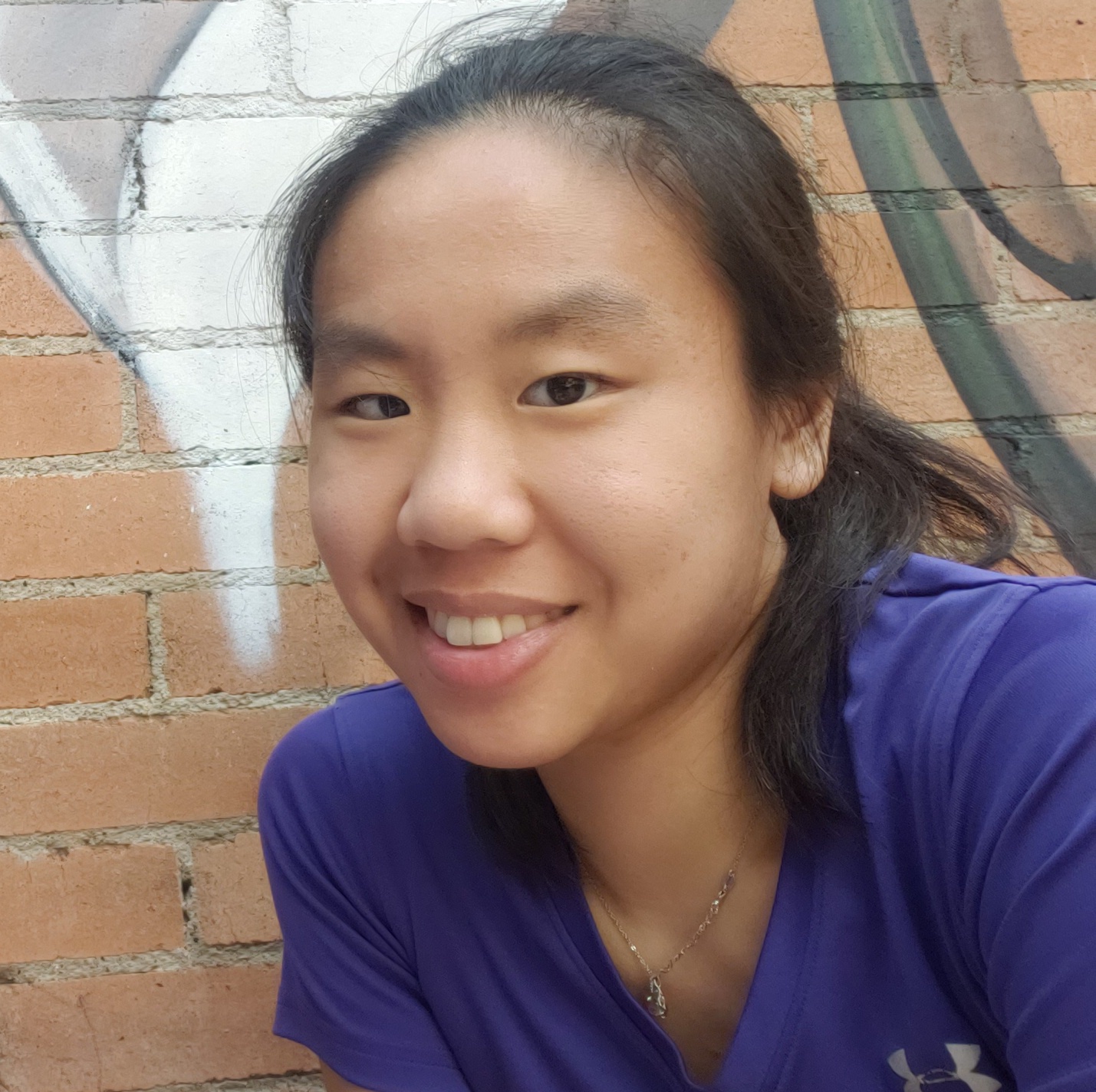
Nicole Feng
Carnegie Mellon
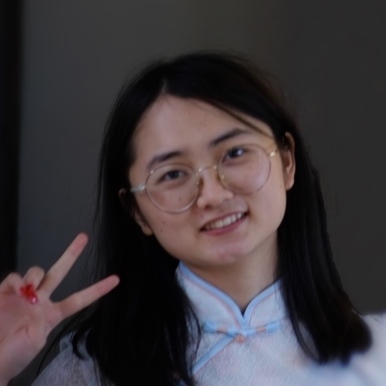
Yao Feng
MPIIS and ETH Zürich
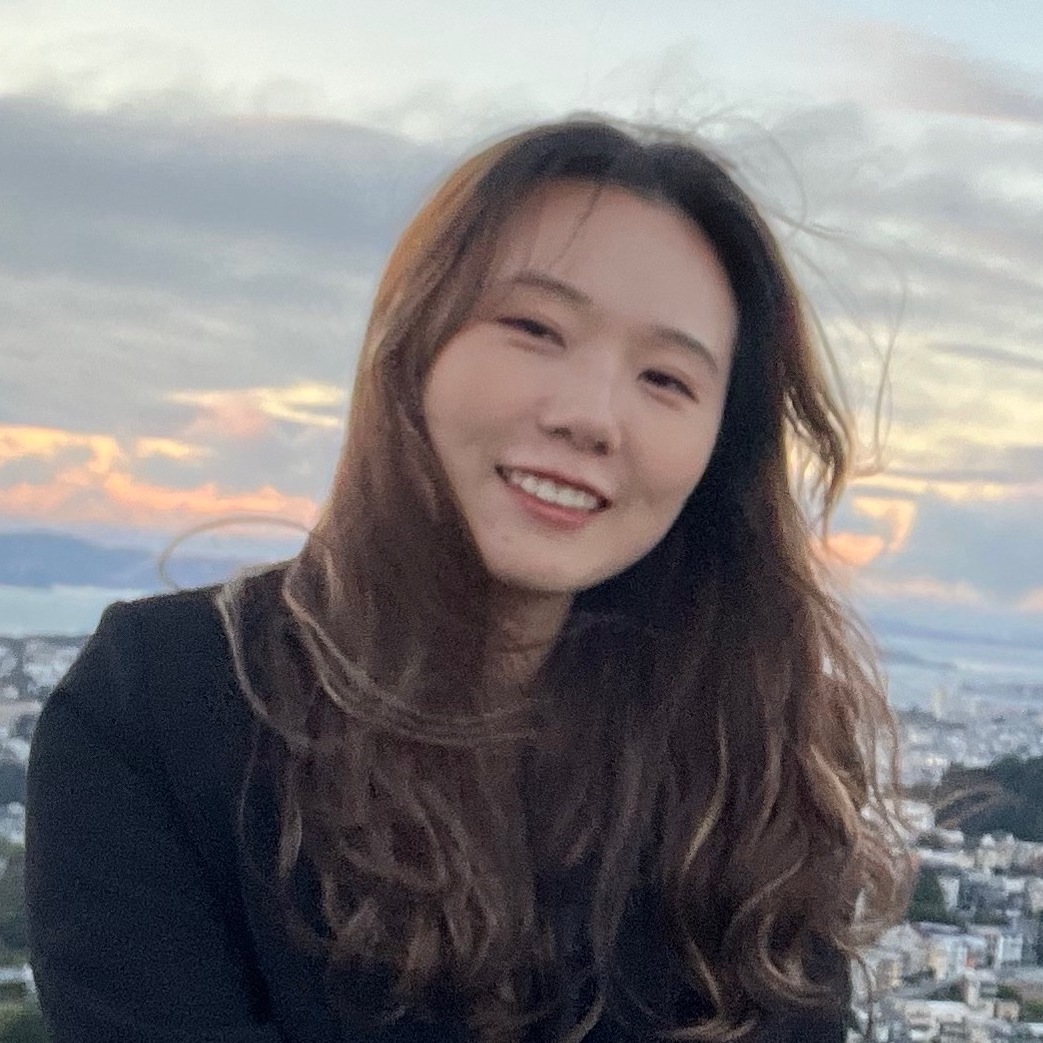
Geonsun Lee
University of Maryland, College Park
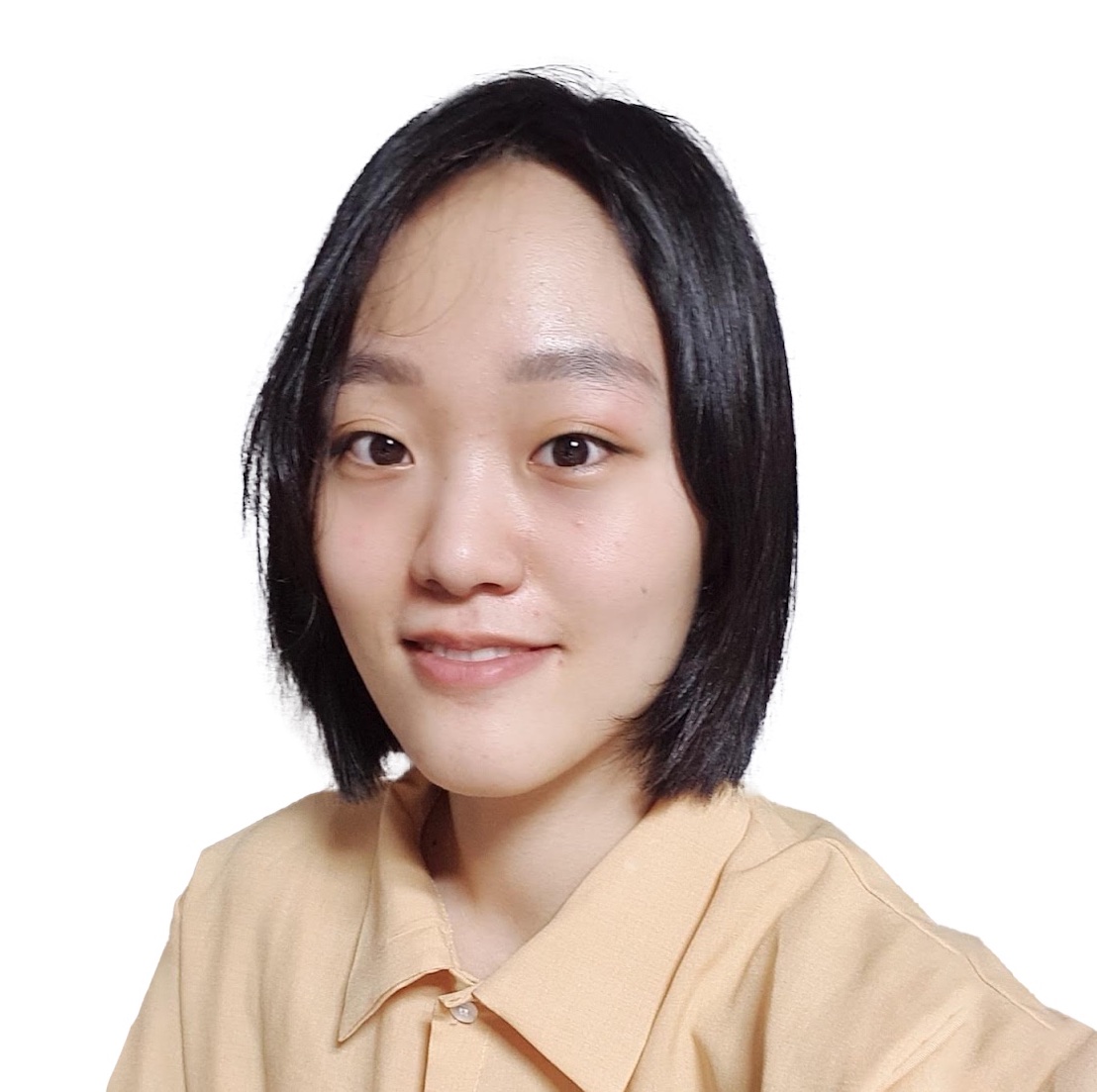
Sunmin Lee
Seoul National University

Yifei Li
MIT CSAIL
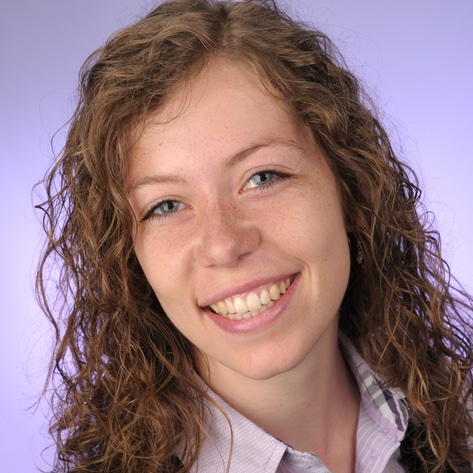
Barbara Roessle
Technical University of Munich
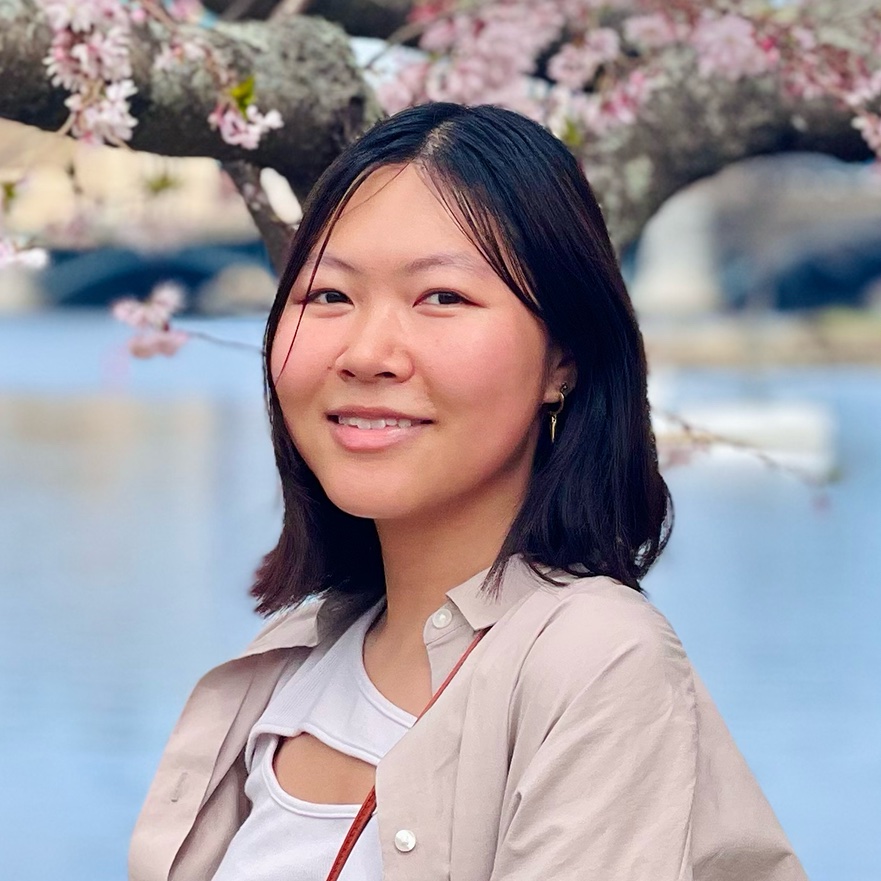
Ticha Sethapakdi
MIT CSAIL
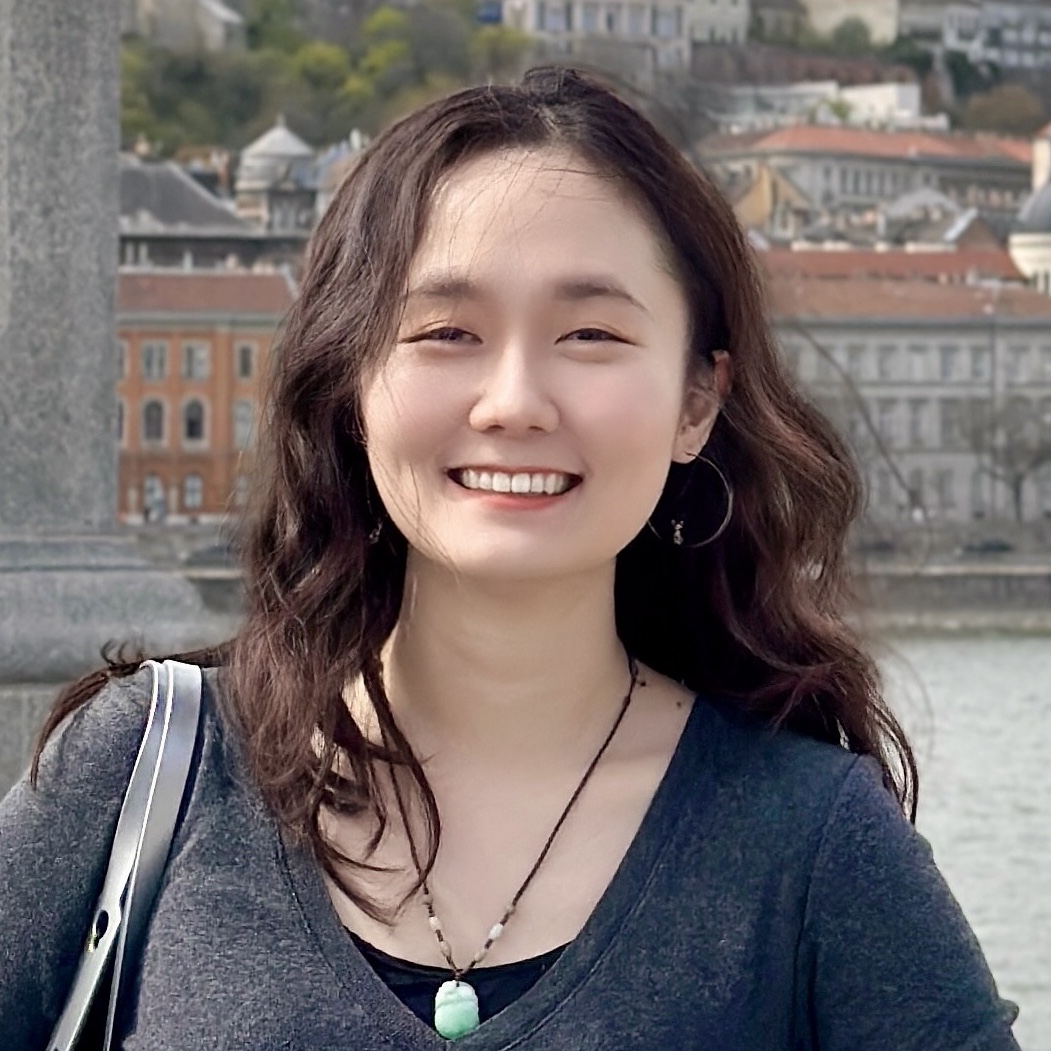
Dongqing Wang
EPFL
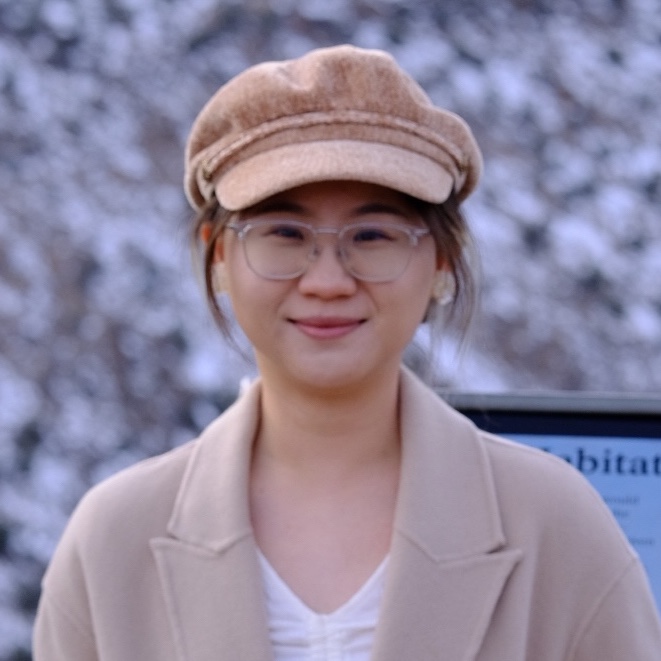
Xinyue Wei
UC San Diego
2023 Rising Stars
If you'd like to get to know these amazing young researchers, feel free to checkout their introductory spotlight!

Shivangi Aneja
Technical University of Munich
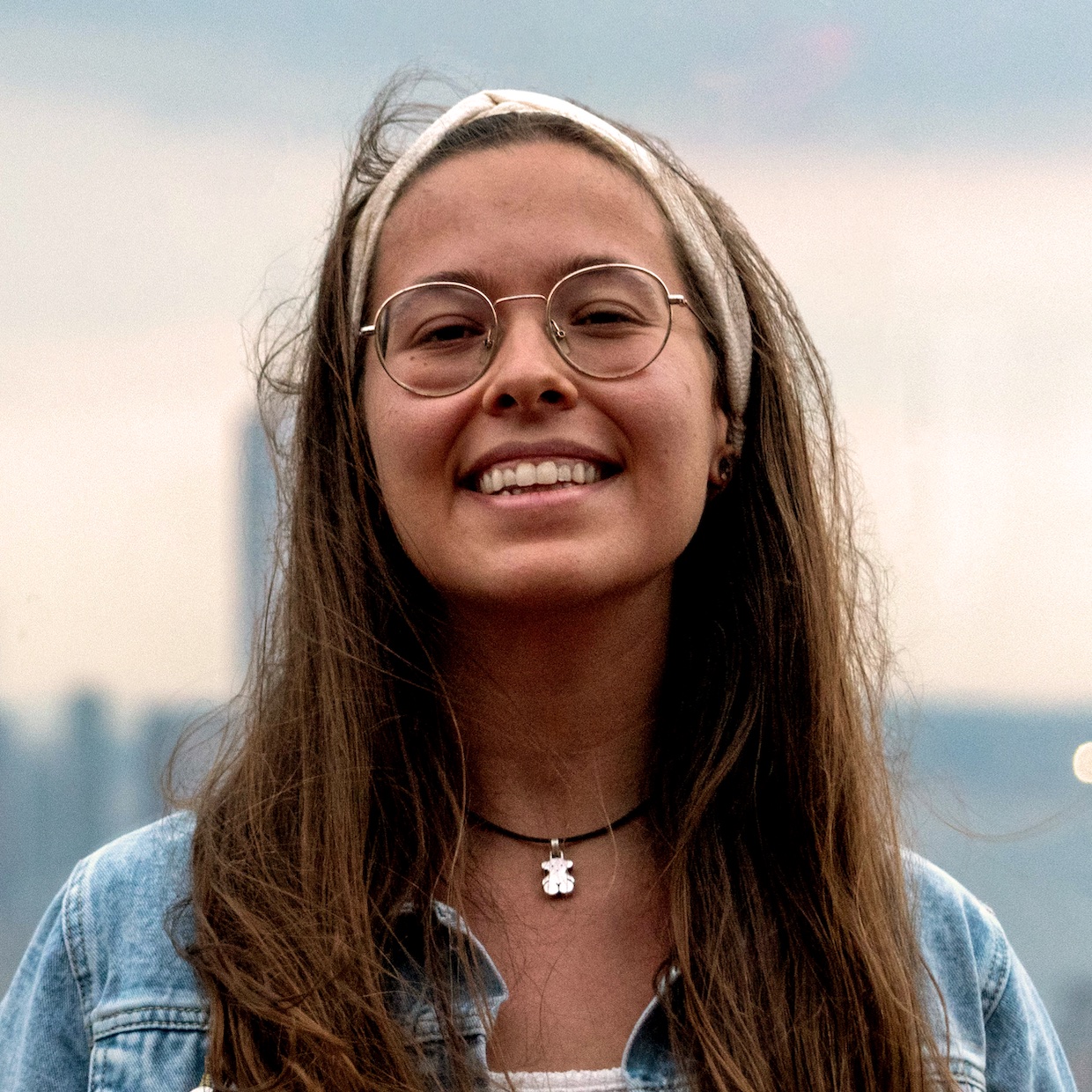
Julia Guerrero Viu
Universidad de Zaragoza
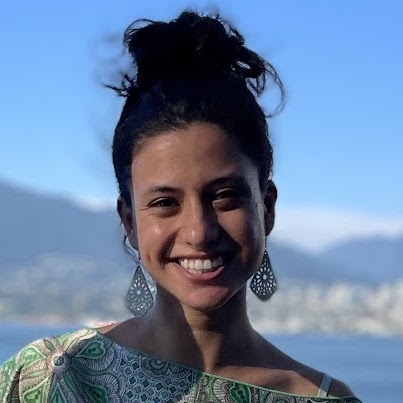
Sarah Jobalia
Stanford University

Sarah Kushner
University of Toronto
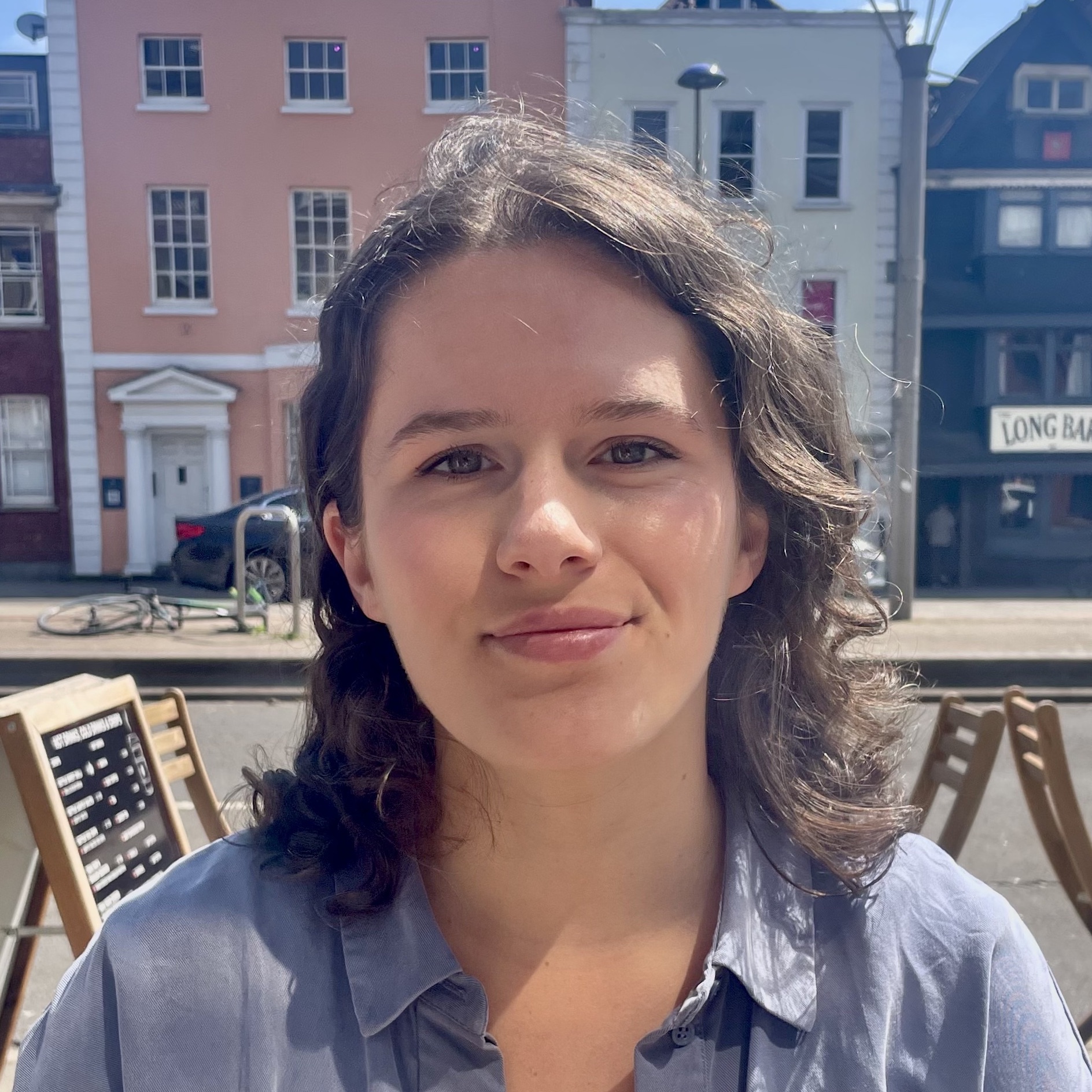
Emilie Nogué
Imperial College London

Yingying (Samara) Ren
EPFL

YunFan Zhou
New York University
2022 Rising Stars
If you'd like to get to know these amazing young researchers, feel free to checkout their introductory spotlight!

Lizeth Fuentes
University of Zurich

Maria Larsson
The University of Tokyo

Mackenzie Leake
Adobe Research

Chenxi Liu
Univ. of British Columbia

Karima Ma
MIT CSAIL

Siqi Wang
NYU

Stephanie Wang
Adobe Research

Jane Wu
Stanford University

Mengqi (Mandy) Xia
Cornell University

Emilie Yu
UCSB
- 2025: Call for Applications
- 2024: Call for Applications | Workshop
- 2023: Call for Applications | Workshop
- 2022: Call for Applications | Workshop



